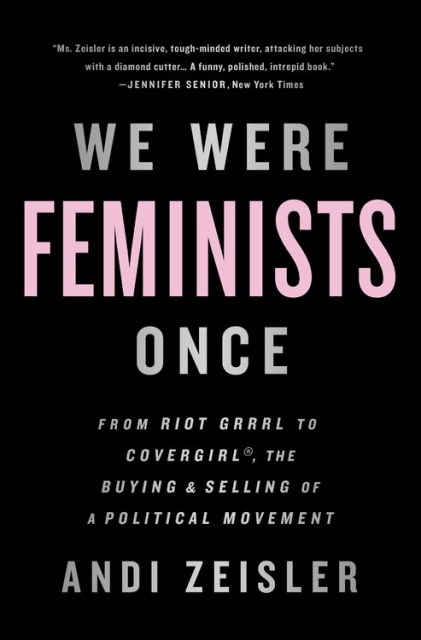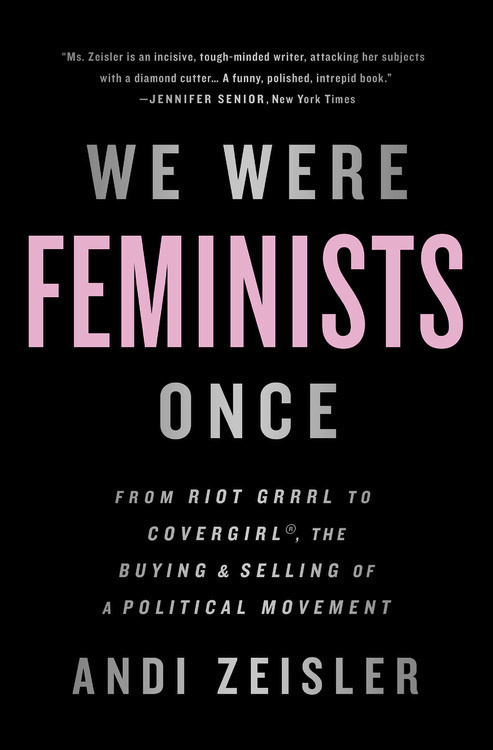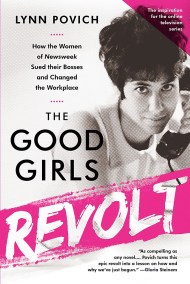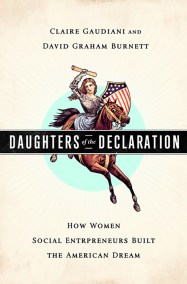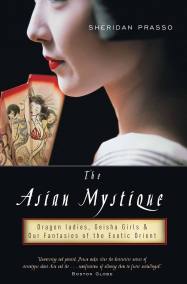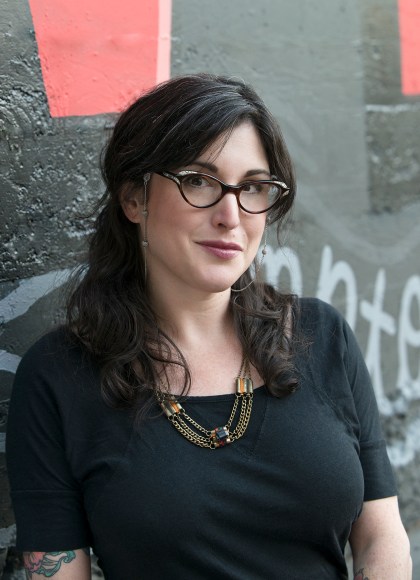Promotion
Use code BEST25 for 25% off storewide. Make sure to order by 11:59am, 12/12 for holiday delivery!
By clicking “Accept,” you agree to the use of cookies and similar technologies on your device as set forth in our Cookie Policy and our Privacy Policy. Please note that certain cookies are essential for this website to function properly and do not require user consent to be deployed.
We Were Feminists Once
From Riot Grrrl to CoverGirl®, the Buying and Selling of a Political Movement
Contributors
By Andi Zeisler
Formats and Prices
- On Sale
- Mar 28, 2017
- Page Count
- 304 pages
- Publisher
- PublicAffairs
- ISBN-13
- 9781610397735
Price
$17.99Price
$22.99 CADFormat
Format:
- Trade Paperback $17.99 $22.99 CAD
- ebook $11.99 $15.99 CAD
This item is a preorder. Your payment method will be charged immediately, and the product is expected to ship on or around March 28, 2017. This date is subject to change due to shipping delays beyond our control.
Buy from Other Retailers:
But what does it mean when social change becomes a brand identity? Feminism’s splashy arrival at the center of today’s media and pop-culture marketplace, after all, hasn’t offered solutions to the movement’s unfinished business. Planned Parenthood is under sustained attack, women are still paid 77 percent — or less — of the man’s dollar, and vicious attacks on women, both on- and offline, are utterly routine.
Andi Zeisler, a founding editor of Bitch Media, draws on more than twenty years’ experience interpreting popular culture in this biting history of how feminism has been co-opted, watered down, and turned into a gyratory media trend. Surveying movies, television, advertising, fashion, and more, Zeisler reveals a media landscape brimming with the language of empowerment, but offering little in the way of transformational change. Witty, fearless, and unflinching, We Were Feminists Once is the story of how we let this happen, and how we can amplify feminism’s real purpose and power.
-
“Andi Zeisler, Bitch Media cofounder and feminist samurai, breaks the pop-culture time machine and makes you beg for more.” -Susie Bright, best-selling author and host of In Bed with Susie Bright -
“As one of our most passionate and important feminist voices, Andi Zeisler takes on 'marketplace feminism,' a feel-good, newly cool and media-friendly phenomenon disengaged from the reality of our ongoing and deeply entrenched forms of gender inequality. Engaging, smart and provocative, We Were Feminists Once challenges us to take on the gap between glitzy media appropriations of feminism and the significant unfinished business of the women's movement.” -Susan J. Douglas, award-winning author of Where the Girls Are and Enlightened Sexism
-
“Zeisler's analysis of what she calls 'marketplace feminism' is acute and endlessly relevant, highlighting the insidiousness of the coopting powers that be, and calling on feminists to direct their resources toward legitimate political action and reclaim feminism as an identity, not something commodifiable.” -Publishers Weekly -
“With delightfully dry wit, Zeisler carries the discussion of the portrayal of women in advertising, movies, television, and fashion both in the present day and recent history. …This thought-provoking yet sobering consideration of the current state of feminism emphasizes the need to continue to fight for full equality. Highly recommended for readers with an interest in women's studies, pop culture, and the media.” -Library Journal, Editors' Spring Pick 2016
-
“Spirited, witty, and ferociously incisive.” -Kirkus Reviews -
“Extremely insightful…One cannot quarrel with [Zeisler's] conclusion that the actual term feminism, once freighted with images of bra-burning, hairy-legged harridans has now become so lightweight as to be meaningless.” -Jane Hailé, New York Journal of Books
Newsletter Signup
By clicking ‘Sign Up,’ I acknowledge that I have read and agree to Hachette Book Group’s Privacy Policy and Terms of Use
